Mathematical Sciences Faculty
Mathematics Faculty

Dr. David Ayala
My work uses methods in algebraic topology to study manifold topology. Specifically, my work concentrates on how to obtain sensitive manifold, and embedding, invariants from purely algebraic, or higher categorical, input. Such manifold invariants are inspired by rigorous approaches to quantum physics, and abide by a nuanced local-to-global principle. My work develops factorization homology as the essential maneuver connecting higher categories and manifold topology. Through factorization homology, unforeseen dualities among manifold invariants, notably invariants arising as partition functions of quantum field theories (QFTs) thereon, correspond to deformations of higher categorical structures (Koszul duality). This duality often exchanges affine with non-affine input, thereby explaining and resolving certain divergence issues in QFT. Here is the essence of the idea. Fix a compact Riemannian manifold M. Fix a particle type on this manifold (which is to say a vector bundle over M, whose local sections are equipped with an action of its Lie algebra of infinitesimal isometries of M). Consider one such particle in M. Compactness of M grants a lowest-energy state of the particle. Self-interference of this particle results in some `resonance' for where one might find it in M. This resonance is governed by a complex number Z(M). This feature of lowest energy, grants that Z(M) is independent of the Riemannian metric. Therefore, Z(M) is an invariant of the manifold. Furthermore, one might imagine finding Z(M) by chopping M into chambers, and understanding the resonance of the particle in each chamber, compatibly across interfaces between these chambers. The effect is that one can, in principle, calculate Z(M) through a local-to-global principle. Formalizing, and organizing, this procedure is conveniently accommodated through higher category theory, and its relationship with stratifications. Poincare' duality intertwines with a duality among higher categories (Koszul duality), resulting in peculiar dualities among such manifold invariants.
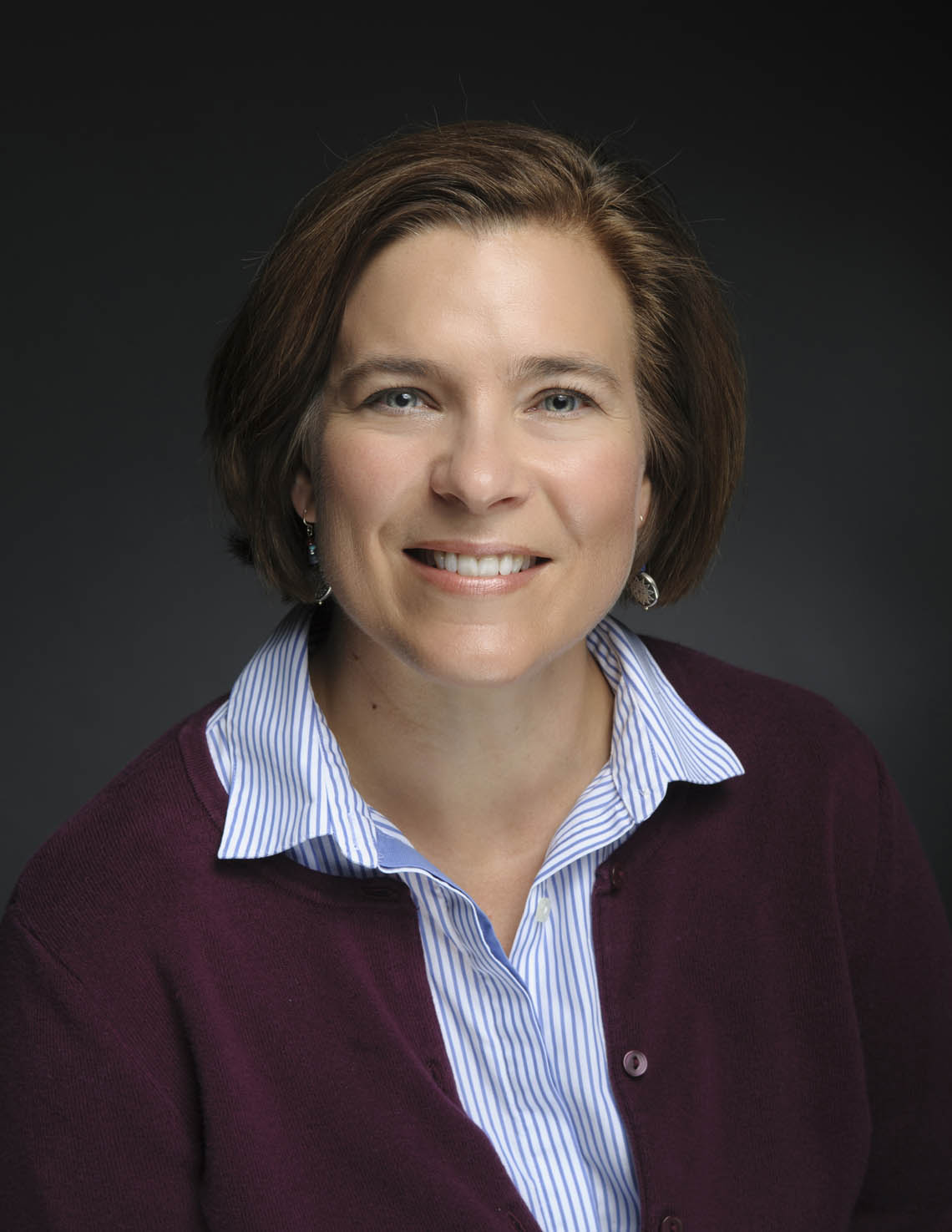
Dr. Lisa Davis
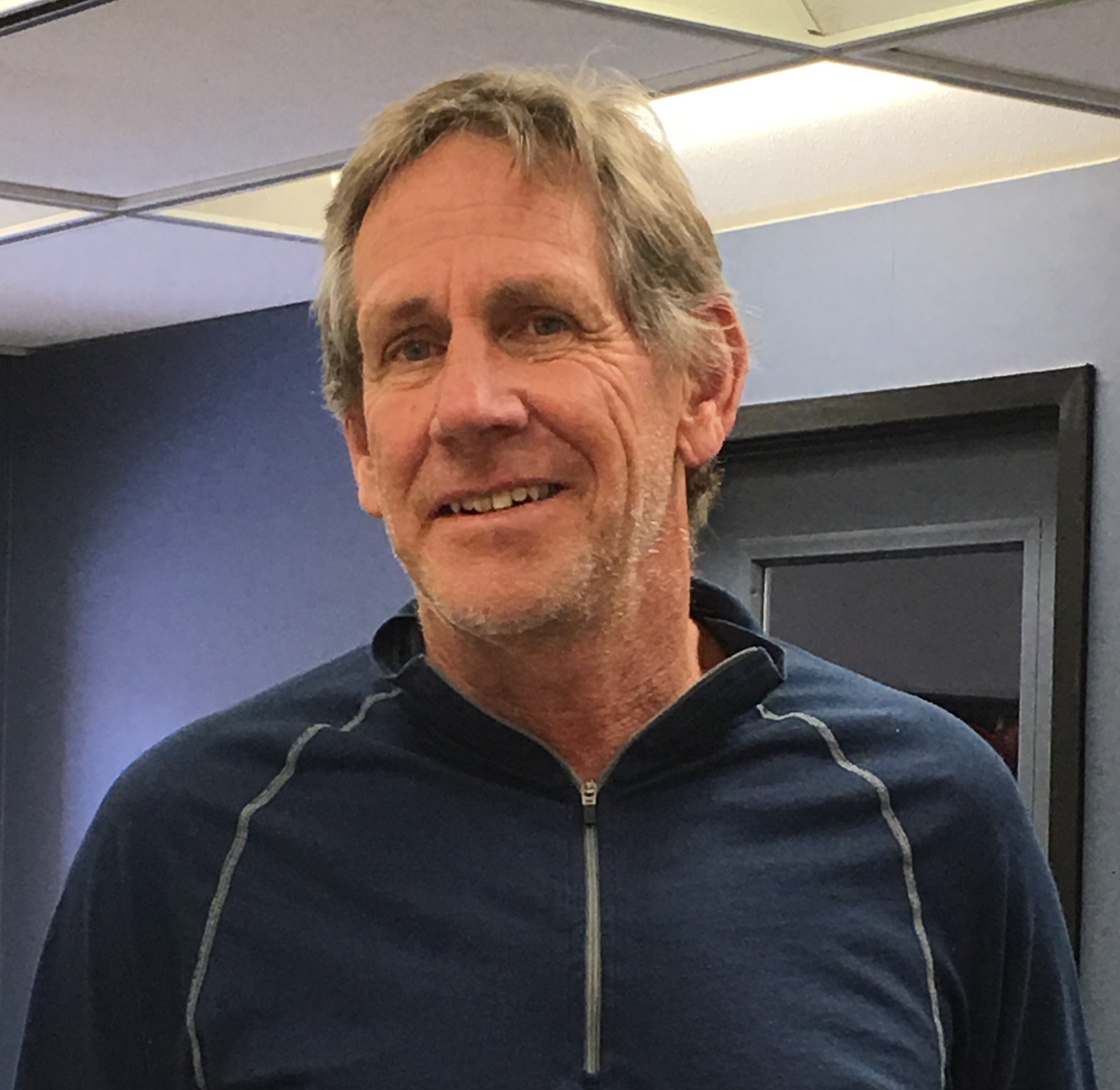
Dr. Jack Dockery
Dockery's research interest are in the area of mathematical modeling, analysis and numerical simulations of complex systems. He has written papers on traveling waves in the Belousov–Zhabotinsky reaction, biofilm modeling, population dynamics, chemical reaction systems, coupled systems of neurons, fluid dynamics, systems biology modeling of quorum sensing, traveling waves in coupled neuron systems, pattern formation in reaction diffusion systems and bifurcation analysis of Burgers equation. He has a current research project on quorum sensing using deterministic and stochastic modelling, funded through the National Science Foundation's collaborative research program with Martin Schuster, a microbiologist at Oregon State University
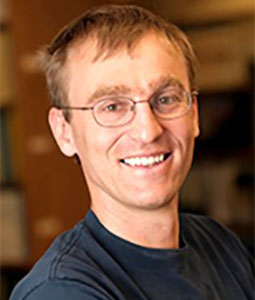
Dr. Tomas Gedeon
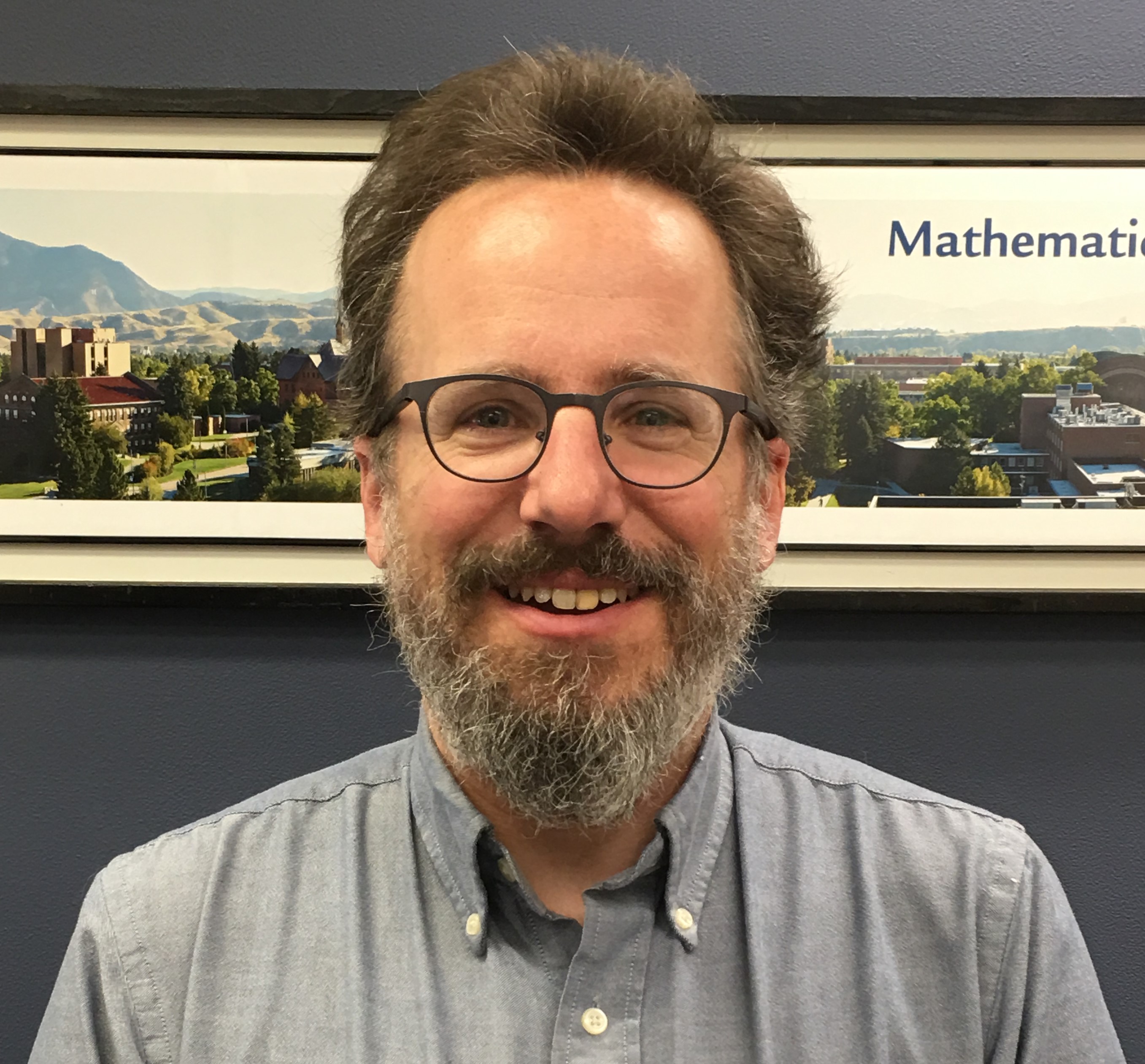
Dr. Lukas Geyer
My research interests are in the area of complex analysis, complex dynamics, fractal geometry, and analysis on graphs. Complex dynamics is the study of iteration of analytic functions in the complex plane. It turns out that even very simple families of functions exhibit very complicated behavior such as fractal invariant Julia sets and very complicated bifurcation loci, most famously the boundary of the Mandelbrot set for a family of quadratic polynomials. My own work in this area has mostly centered around small divisor problems and stability of fixed points, periodic points, and invariant circles. My work in fractal geometry has been mostly concerned with questions of conformal dimension of self-similar fractals, studied through analysis on finite graph approximations.
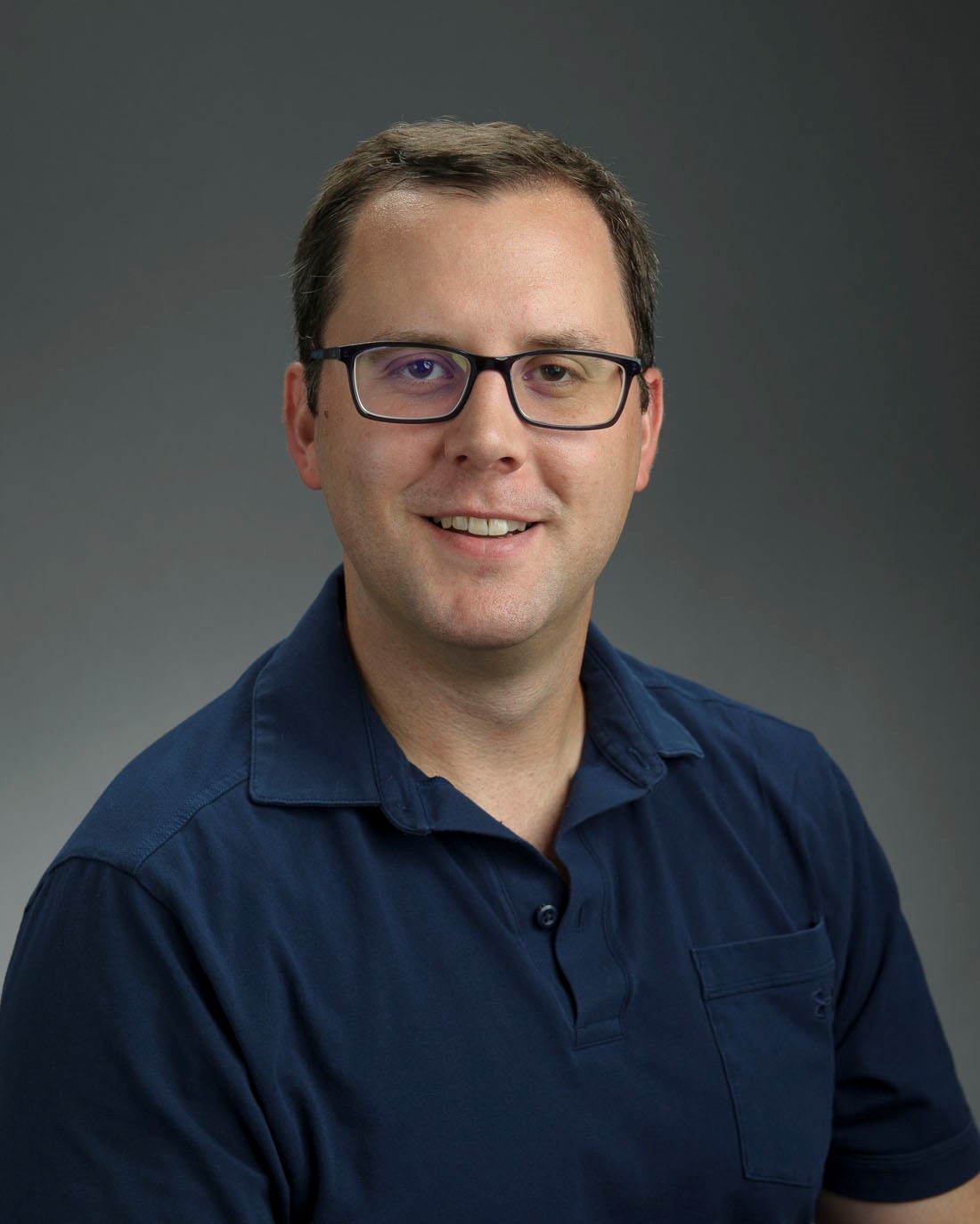
Dr. Ryan Grady
Ryan Grady holds a PhD from the University of Notre Dame (2012). His research entails applying rigorous quantum field theory to understanding of geometry and topology of manifolds. Here, a `manifold' is an abstraction of a set of arrangement-states of physical system. Passing to a `quantum' physical system involves examining solutions to a wave equation on the given manifold. It is a well-developed research program within algebraic topology to ask how much about the given manifold can be recovered just from knowledge of how quantum particles `resonate' within it. Motivated through this program, Ryan's work uses abstract algebra, topology, and multi-variable calculus to study abstract geometry. Ryan is very interested in advising at both the undergraduate and graduate level.
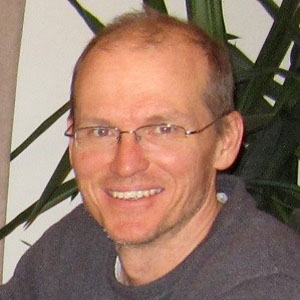
Dr. Jarek Kwapisz
Jarek Kwapisz works in the area of Theoretical Dynamical Systems (DS), which studies qualitative behavior of systems that evolve in time according to some fixed transformation rule (e.g., resulting from a differential equations governing a real-life system). DS methods, developed originally for problems of celestial mechanics, now permeate mathematics and inform many other scientific applications. In particular, Jarek's most recent results are on aperiodic tilings of space that model quasicrystals. (Such tilings can be viewed as dynamical systems with multidimensional time.) He is also pursuing projects in theory of formal languages and geometry of fractals.
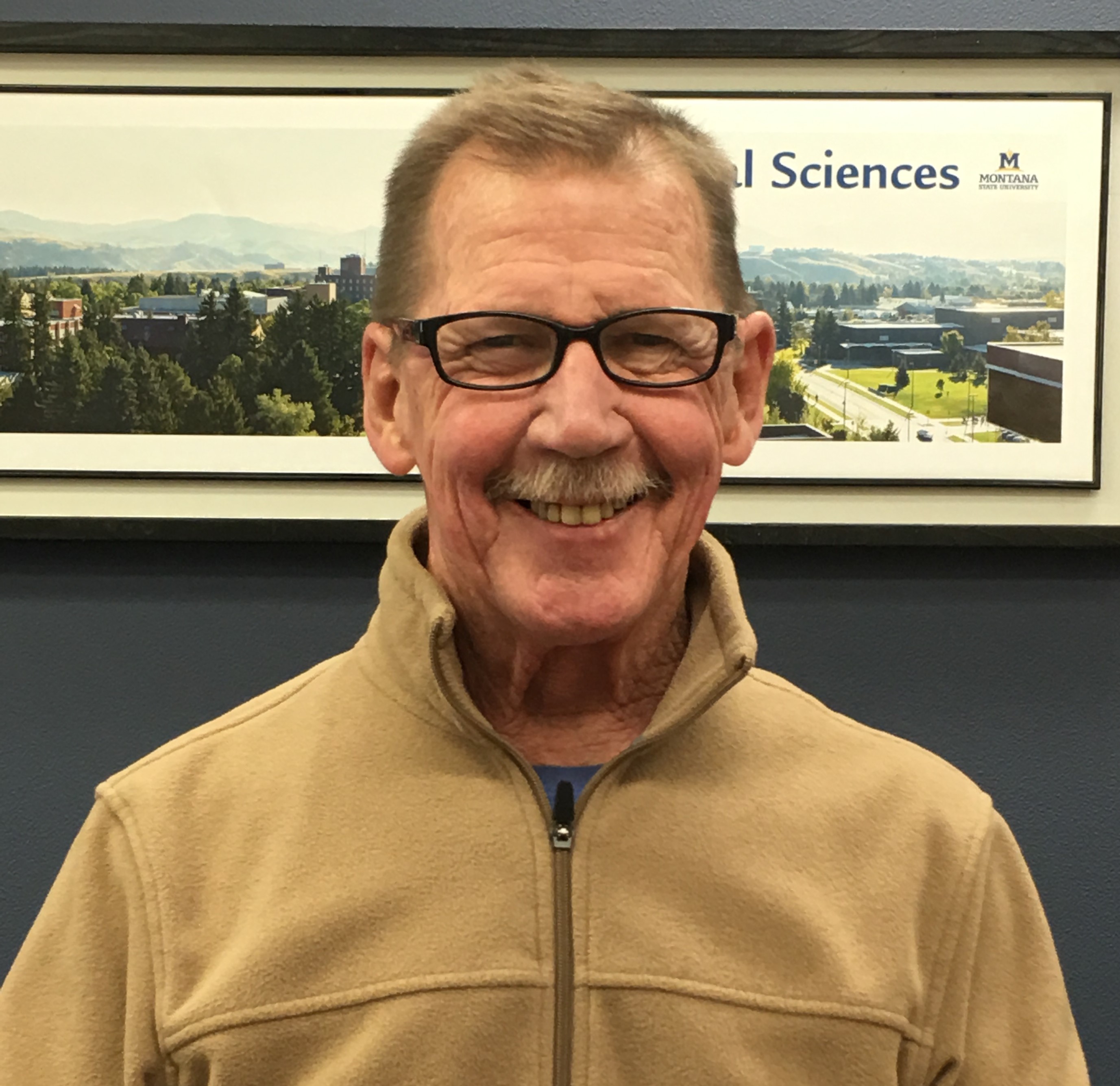
Dr. John Lund

Dr. Scott McCalla
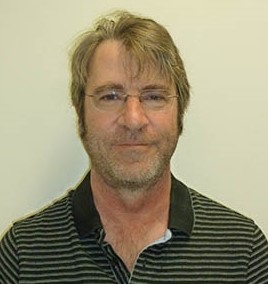
Dr. Mark Pernarowski
Mark Pernarowski is an applied mathematician who has worked on a variety of models in mathematical biology. He has published numerous papers on topics such as the dynamics of excitable media, evolution, and pattern formation in population models, the visual system and genetic circuits. He has applied numerous dynamical system and perturbation techniques to such models with extensive studies of bursting oscillations in the insulin secreting pancreatic beta cell and cortical neurons.
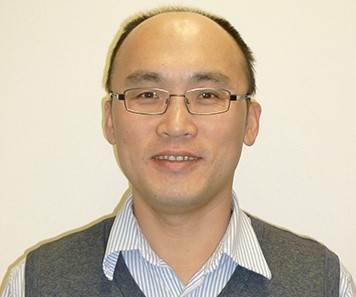
Dr. Tianyu Zhang
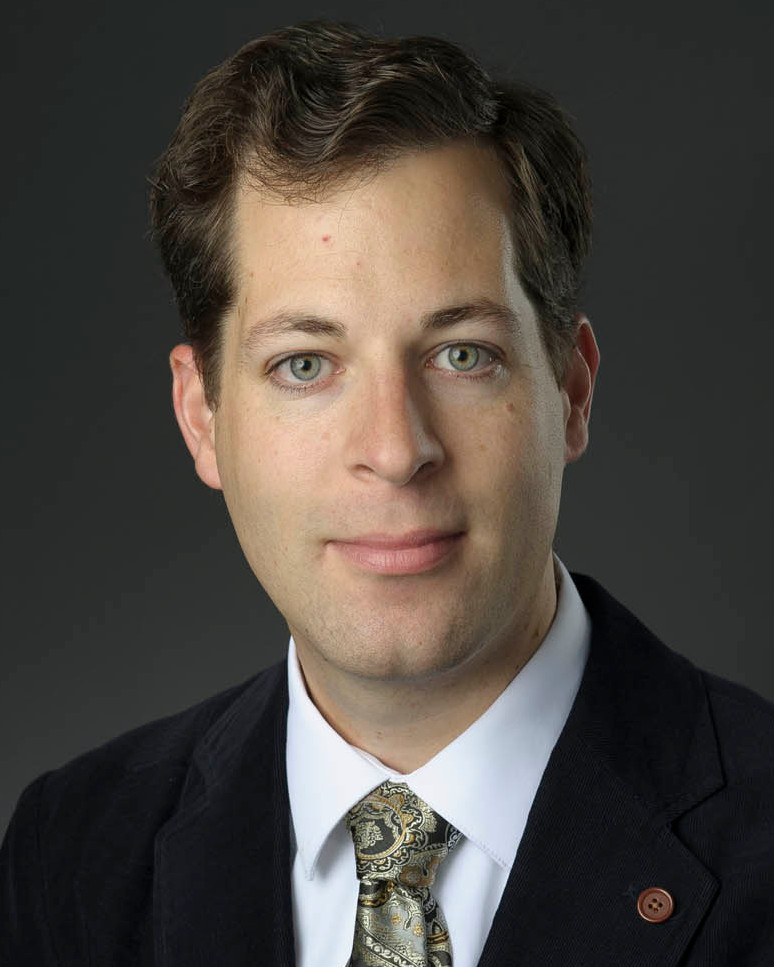
Dr. Dominique Zosso
Statistics Faculty
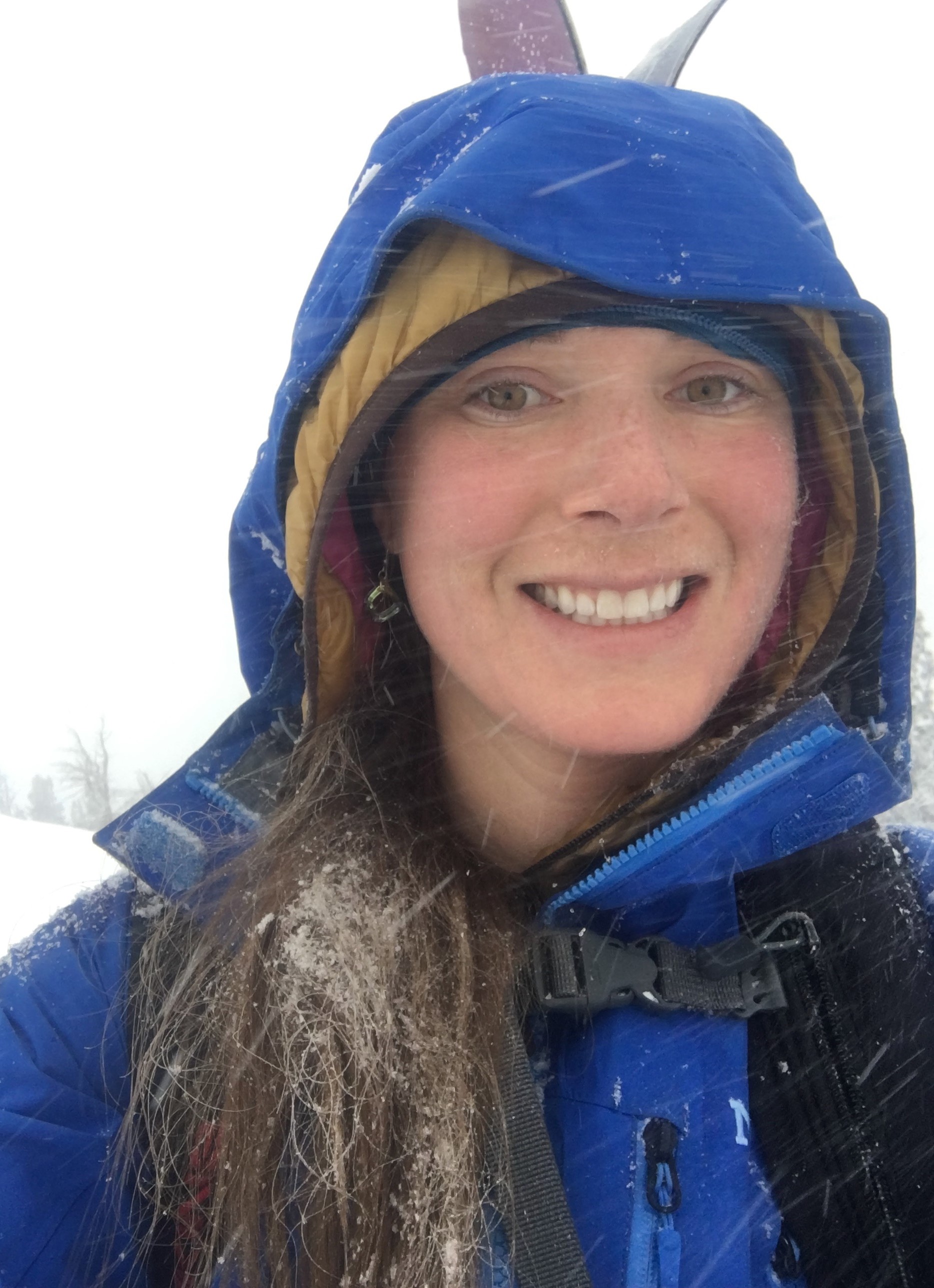
Dr. Katharine Banner
Dr. Katharine Banner is an Assistant Professor of Statistics at MSU. She believes, as statisticians, we have a responsibility to not only develop methodology for addressing specific research questions, but to also provide tools for assessing when those methods are appropriate to use. She is interested in developing tools and guidelines (e.g., R packages for visualizing data/results) for practitioners to aid in understanding complex (and often popular) methods so that they can make informed decisions about when to use them. Currently, she collaborates with a team of statisticians, ecologists, and bat biologists to develop appropriate methodology for informing conservation and management decisions for the geographically-extensive North American bat monitoring program. This work has sparked a general interest in the use and development of Bayesian methods for ecological applications.
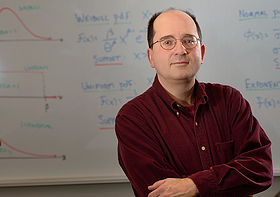
Dr. John Borkowski
John Borkowski has been a faculty member in the Department of Mathematical Science at Montana State University since 1991 and a Professor of Statistics since 2003. His primary research and teaching interests include experimental design, response surface methodology, and sampling. His recent research is focused on optimal design of experiments, mixture experiments, and adaptive cluster sampling. He has also been a Visiting Professor at Thammasat University in Thailand since 2005.
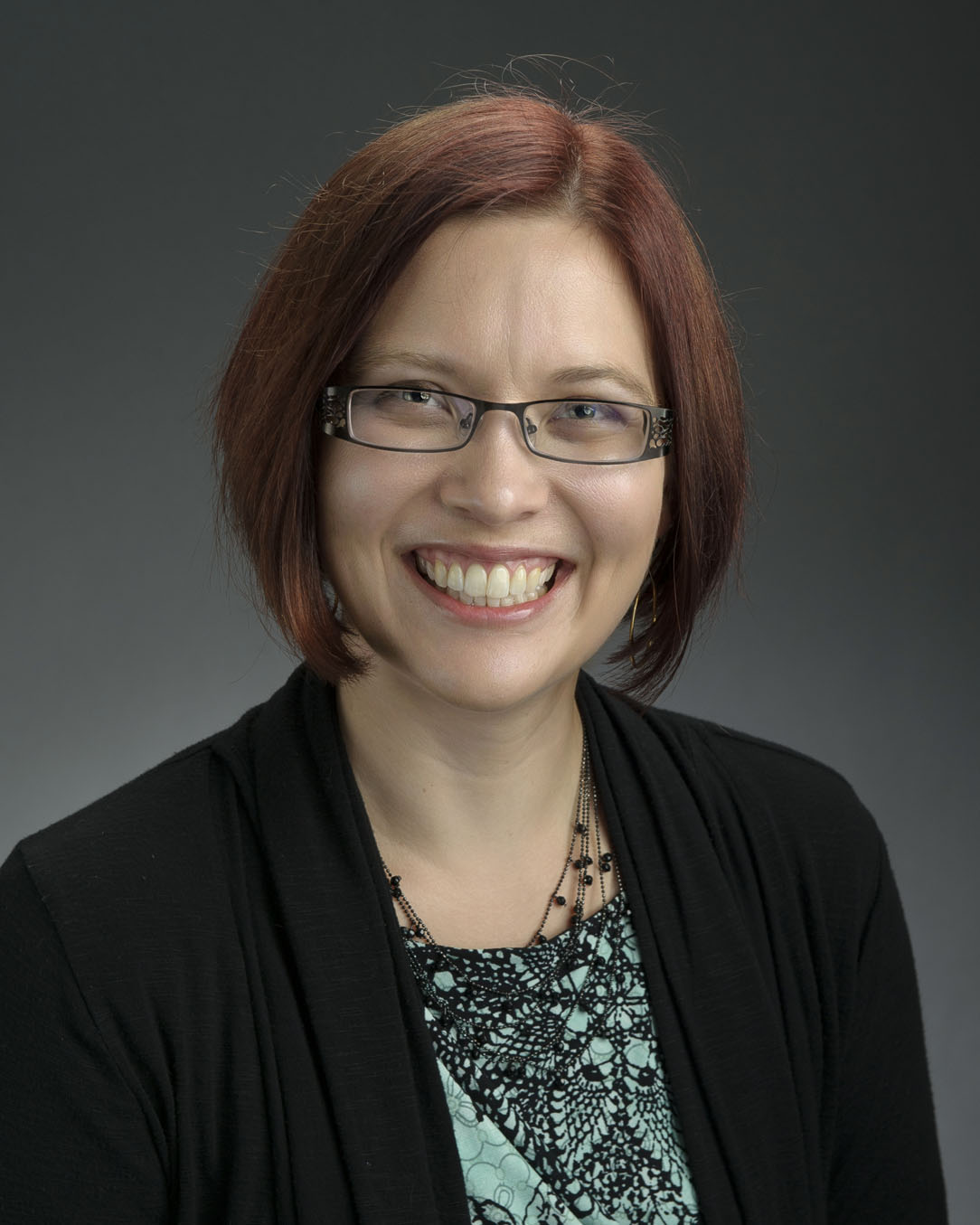
Dr. Nicole Carnegie
Dr. Carnegie's research focuses on the intersections between causal inference, infectious disease modeling, and networks. This includes network-based infectious disease models to inform strategies for HIV prevention and methodologic work on making causal inferences in infectious disease settings, where observations are inherently not independent. She has a line of research developing methods for analyzing potential sensitivity of causal inferences to unobserved confounding in a variety of settings, including multilevel models and Bayesian Additive Regression Trees. For fun, she occasionally enters predictive modeling or causal inference competitions using BART.
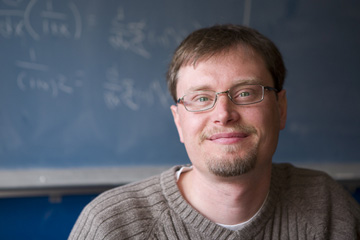
Dr. Mark Greenwood
Greenwood is an Associate Professor of Statistics who does research on statistical methods for high dimensional and correlated data. This includes supervised and unsupervised classification and high-dimensional testing problems such as those encountered when working with functional data (data that are recorded or can be treated as curves). Additional interests include hierarchical and generalized additive models and methods for incorporating measurement error into statistical models. Application areas include health outcomes related to Multiple Sclerosis and long-term body mass index changes, longitudinal environmental data related to hydrology and climate change, multi-level educational data, with some growing interests in sports statistics.
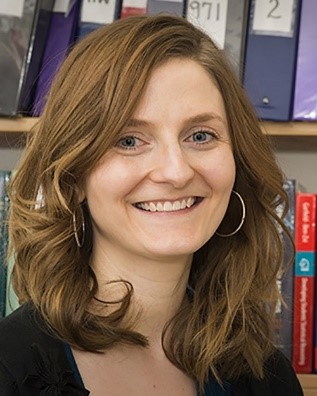
Dr. Jennifer Green
Dr. Green’s interests include developing strategies and methods to enhance and assess educational programs in Science, Technology, Engineering and Mathematics (STEM)- related disciplines. Her research focuses on the development of statistical methodology to characterize the impact of professional development and educational programs on teacher effectiveness and student learning, and she collaborates with others in the mathematical and educational sciences to create innovative approaches for developing teachers of statistics in grades K-16 and beyond.
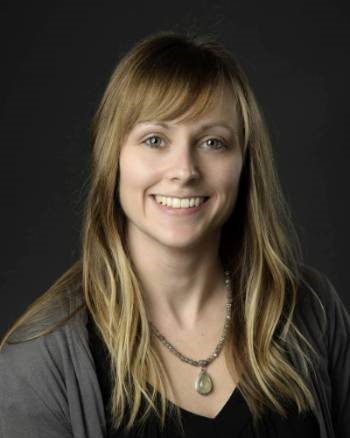
Dr. Stacey Hancock
Dr. Hancock’s primary research interests lie in statistics education. Currently, she is exploring how students use metaphors and metonymies when learning statistical concepts related to sampling distributions and informal statistical inference. Additional research topics include time series analysis, specifically, change-point detection, and statistical applications in ecology.
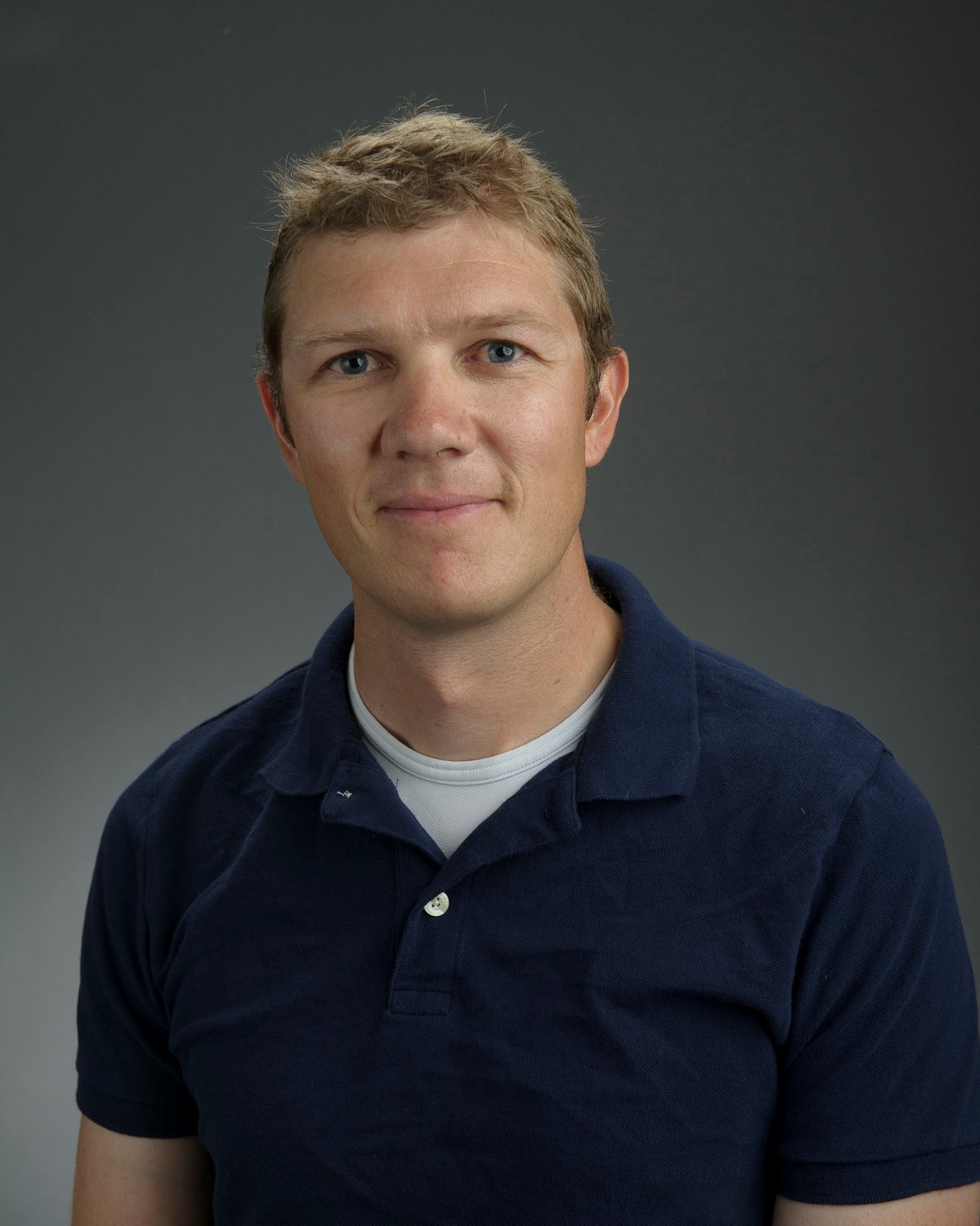
Dr. Andrew Hoegh
Dr. Hoegh’s research is largely focused on Bayesian computation with an emphasis on spatial and spatiotemporal modeling. Within that realm, Dr. Hoegh works on projects related to environmental and ecological research and occasionally sports analytics.
Mathematical Education Faculty
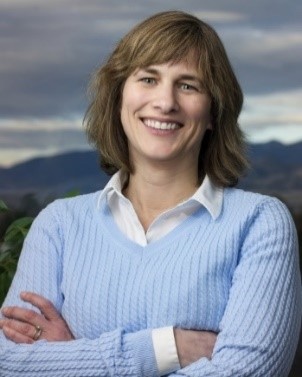
Dr. Elizabeth Burroughs
Dr. Burroughs’s research interests involve the teaching of mathematical modeling; the connections between the mathematics pre-service teachers study as undergraduates and the mathematics they will teach to school students; mathematics coaching in elementary mathematics classrooms; and gender issues in mathematics education. She is currently leading a grant-funded project to develop materials that incorporate applications of teaching in undergraduate mathematics courses. She also works with Dr. Carlson on a research study concerning the teaching of mathematical modeling in community settings.
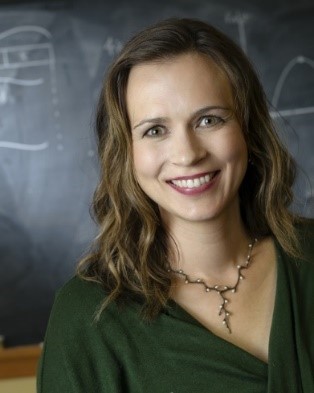
Dr. Mary Alice Carlson
Dr. Carlson’s research revolves around teacher learning and teacher change in mathematics; innovative formats for teacher professional development; and mathematical modeling. Her current work involves understanding the knowledge bases all youth bring to problem solving situations and using those knowledge bases to develop modeling tasks centered on issues that directly affect rural communities. She teaches mathematics content and methods courses for elementary and middle grades students, as well as a variety of mathematics education graduate courses.
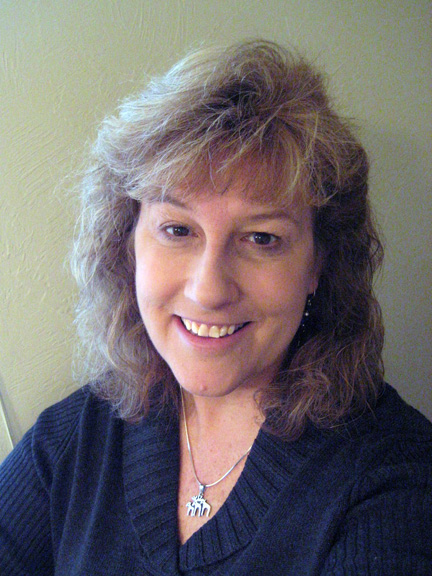
Dr. Jennifer Luebeck
Dr. Jennie Luebeck’s research interests are effective models of school-based professional learning for pre-service and in-service teachers (e.g., lesson study, coaching, learning communities, classroom action research) as well as overcoming barriers to providing content-focused professional development for rural and otherwise isolated mathematics teachers. She also is interested in effective uses of online and blended learning to develop mathematical and pedagogical knowledge for teaching and construction of knowledge through mathematical discourse in the online learning environment. Her teaching interests revolve around mathematics content and pedagogy courses for in-service and pre-service mathematics teachers at elementary (K-5), middle (6-8), and high school (9-12) levels, topics in mathematics education for graduate students and qualitative and action research methods for graduate students
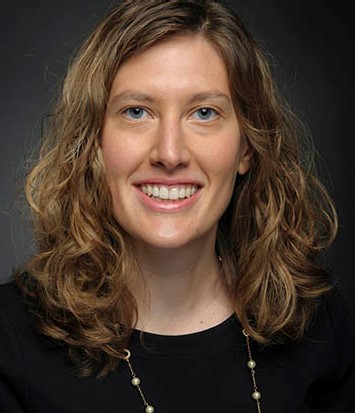
Dr. Megan Wickstrom
Dr. Wickstrom is interested in the development of rich, mathematical tasks based on students’ thinking. Through this work, she seeks to understand K-16 students’ mathematical understanding and perceptions in relation to mathematical tasks and how best to link research and practice to support pre-service and in-service teachers in task development connected to students’ thinking. Her work is situated in the domains of geometric measurement and mathematical modeling and is primarily qualitative. She has been published in a variety of journals including The Journal of Mathematical Behavior, Journal for Mathematics Teacher Education, Teaching Children Mathematics, Mathematics Teaching in the Middle School, and Equity and Excellence in Education. Her teaching interests include mathematics education content courses for the elementary and middle school teachers and methods courses for middle school and secondary teachers. She especially enjoys teaching mathematics education courses with a focus on geometry and measurement.
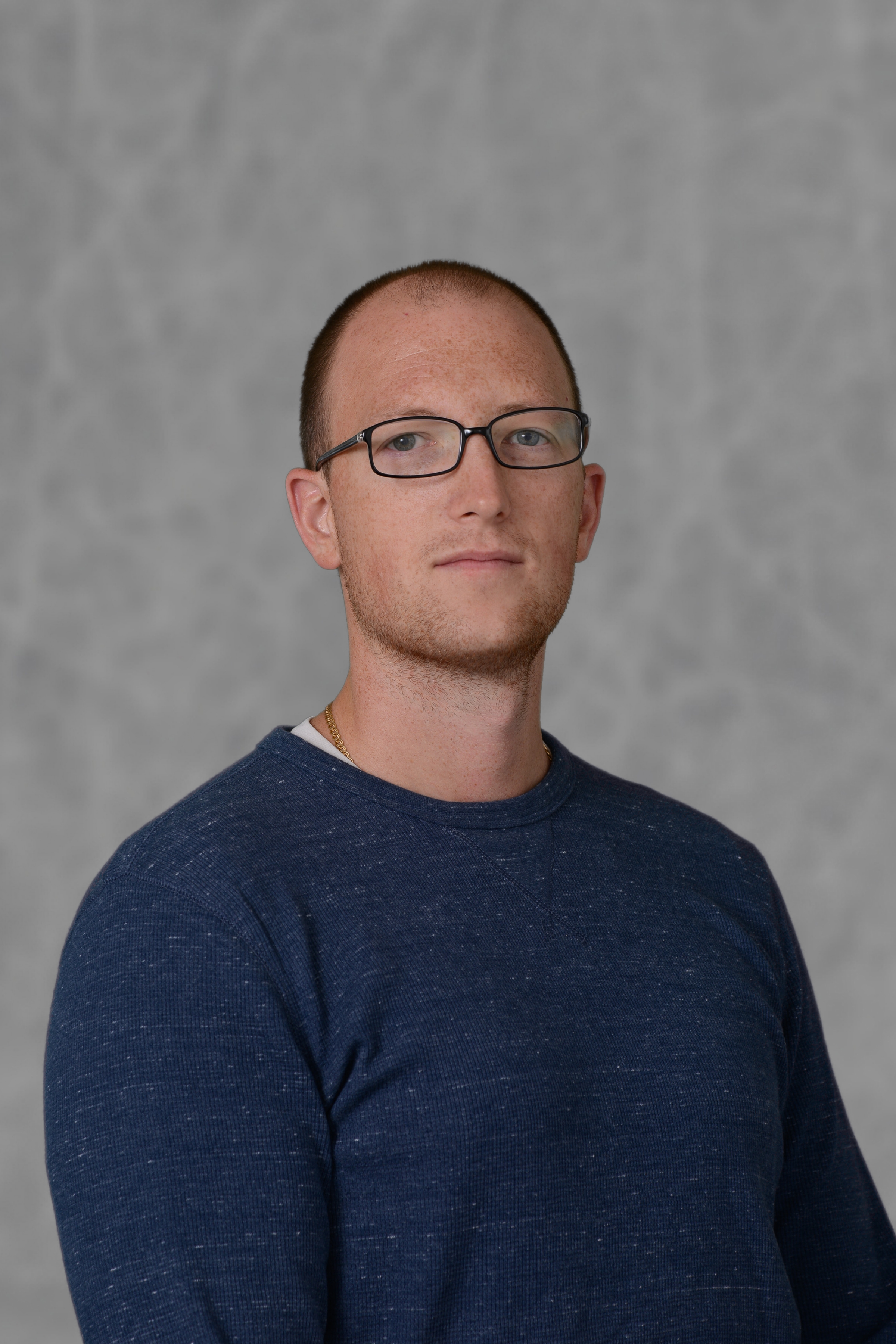
Dr. Derek Williams
Dr. Williams is interested in students' experiences while learning mathematics: relationships between affect and cognition, students' understanding of concepts central to calculus and precalculus, and students' mathematical reasoning with technology. He enjoys teaching Advanced Mathematics for Teachers, precalculus, and calculus.
Research Faculty Members
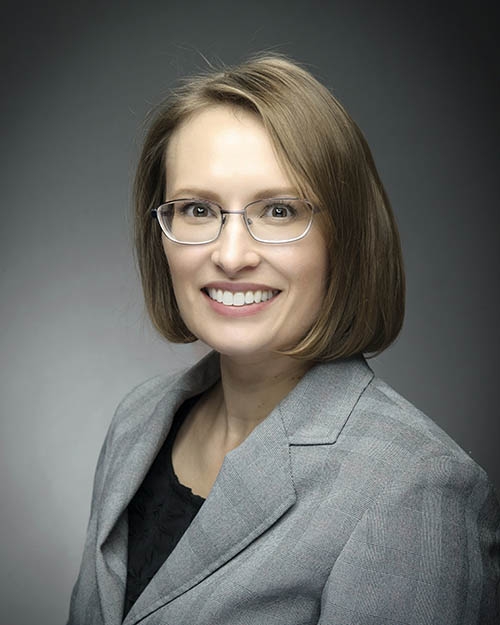
Dr. Breschine Cummins
Dr. Bree Cummins is an applied mathematician working on the dynamical behavior of networks, specifically genetic regulatory networks and social networks. She is working on the design and diagnosis of synthetic biological regulatory networks, the discovery from time series data of cellular networks, and exponential random graph models of social networks. Her research has both strong theoretical and computational aspects, using tools in differential equations and graph theory. She works with undergraduate and Masters' students, and has published papers with them in the SIAM Journal on Applied Dynamical Systems, Physica D, and the Bulletin of Mathematical Biology.
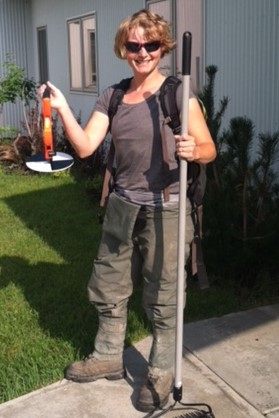
Dr. Kathryn Irvine
I am a Research Statistician with the U.S. Geological Survey at the Northern Rocky Mountain Science Center in Bozeman, Montana. My statistical research evolves from collaborations with ecologists that study bats, plants, and trees and are involved with long-term monitoring to inform management of natural resources. I have mentored Statistics students for writing projects and supported graduate research assistants at Montana State University (MSU). Several of my students have participated in writing peer-reviewed papers during their time at MSU. I encourage students interested in applied statistical work with ecological applications to contact me for possible graduate research assistantships, paid summer work, and other opportunities.
